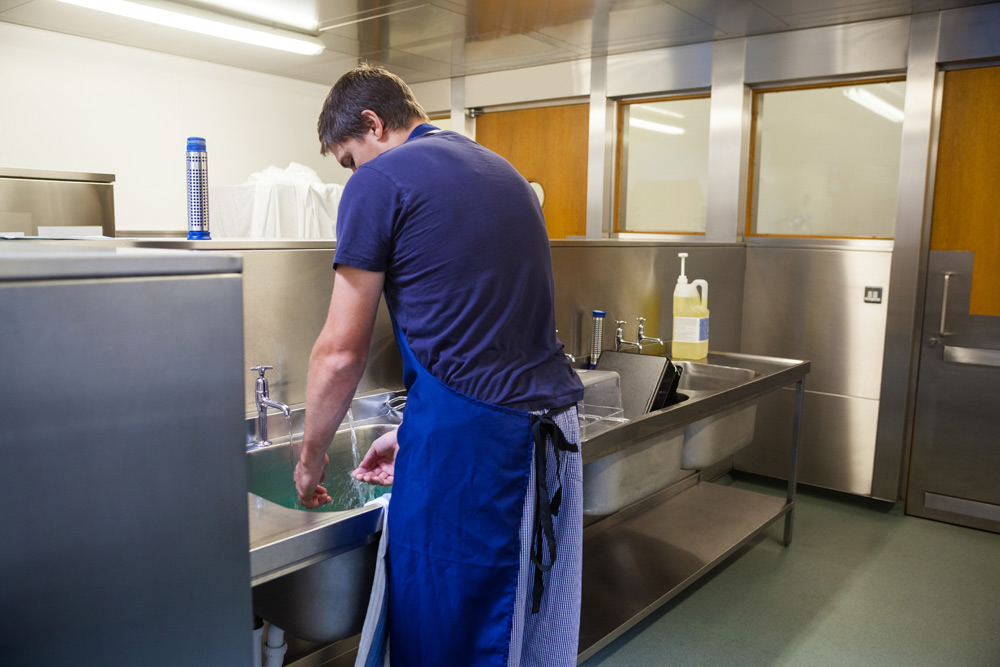A Study of Food Safety Knowledge, Microbiology and Refrigeration Temperatures in Restaurant Kitchens on the Island of Ireland

The study found that, in general food handling practices in the restaurants were good.
A population-based telephone survey conducted in 2002 estimated that there were 3.2 million episodes of acute gastroenteritis on the island of Ireland each year (Scallon et al., 2004). It is often very dif ficult to definitively identify the source of illness. However, of the respondents in that study suspecting food as the reason for their illness, 74% blamed food consumed from commercial premises such as restaurants, cafés, takeaways, canteens and pubs. Within the food services industry, statistics show a significant level of prosecutions, prohibition and closure orders of restaurants for food hygiene offences.
The Food Safety Authority of Ireland has identified the main contributory factors to foodborne infections to be: cross-contamination, inadequate cooking, inadequate storage, inadequate reheating, delayed serving and infected food handlers (FSAI, 2000). Development of appropriate training and education campaigns to target problem areas requires initial understanding of the current level of food safety knowledge and practices in the food services
industry.
This study was undertaken to:
- Establish the areas where food safety knowledge is lacking among head chefs and catering kitchen managers
- Assess hygiene within restaurant kitchens and to determine the incidence of bacterial contamination in the catering kitchen environment
- Establish the refrigeration temperature in restaurant refrigerators
- Identify key areas where restaurants could improve hygiene/food safety methods
A total of 200 restaurants throughout the island of Ireland volunteered to participate in the study.
The investigation comprised four elements:
- The person responsible for food safety (e.g. head chef) was interviewed using a structured questionnaire, in each restaurant
- Surfaces and equipment were swabbed for microbiological analysis
- An audit was performed in 50 randomly selected restaurants
- Refrigeration temperatures were monitored in ten randomly selected restaurants
- These data were collected during the years 2001 and 2002.

